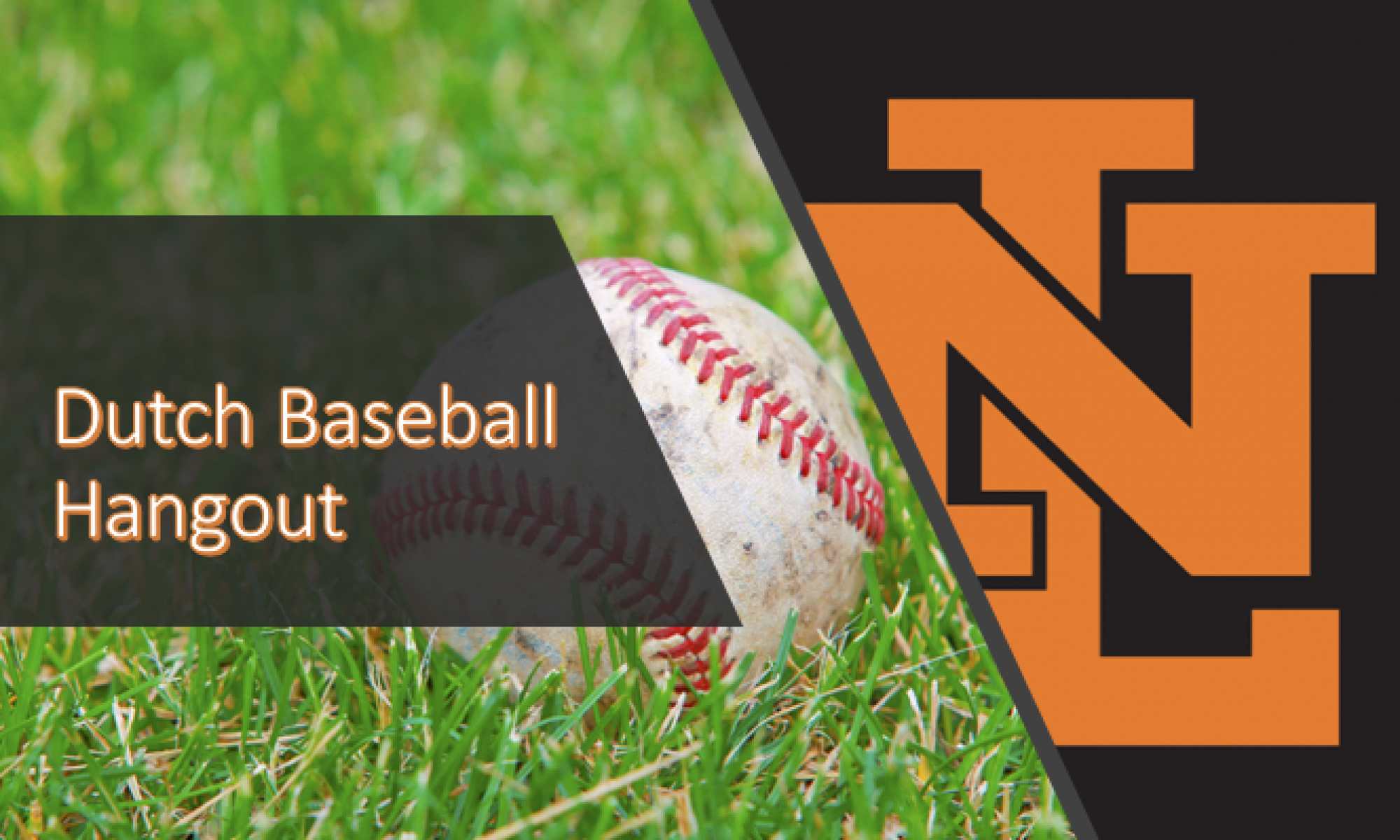Back in 2014, I wrote a series of blog posts about the origin of minor league team names. Since then, the minor league landscape has changed a lot. Clubs moved, adopted new names. All reasons to have a new series in which the new names are added and explained. We continue with the letter
L:
Lake County Captains:
In 1991 the South Atlantic League placed an expansion team in Columbus, Georgia just two months before the season. The team was called the Columbus Indians
The franchise relocated in 2003 to Eastlake, Ohio on the shores of Lake Erie and became the Lake County Captains. The location of the team made it simple to choose for the nautical theme.
Lake Elsinore Storm:
I cannot find a real fitting reason for the name Storm. But Lake Elsinore used to flood once in a while during storms with heavy rainfalls. Since the ballpark, The Lake Elsinore Diamond, is built on a floodplain of Lake Elsinore, that may be the reason for the name of the ballclub. Others say that the name has been chosen by the brass of the club for marketing reasons.
Lakeland Flying Tigers:
The team’s name and colors pay homage to the Lakeland School of Aeronautics, later the Lodwick School of Aeronautics, which trained over 8,000 pilots between 1940 and 1945, some of whom later flew with the Flying Tigers in China during World War II. The school was actually located at the current site of Joker Marchant Stadium, the home of the Flying Tigers.
Lakewood BlueClaws:
After the team moved from Fayetteville to the Lakewood Township in New Jersey, a naming contest was held. The name BlueClaws was entered 49 times. Blue Claws are a crab species that lives in waters in front of the New Jersey shore.
Lancaster JetHawks:
The Lancaster JetHawks are named for the city’s association with the aerospace industry and plays its home games at The Hangar. The local military airfield was the place where Chuck Yeager (cousin of former catcher Steve Yeager) took off to become the first human to break the sound barrier with the Bell-X1 in 1947. A JetHawk is a non-existing bird but this fantasy creature is a nice link to aerospace history.
Lansing Lugnuts:
Over 2,000 suggestions poured into a contest sponsored by the Lansing State Journal and WILX-TV, including the Crabs, Governors, Lumberjox, Spark Plugs, Mudwumps, Bullfrogs, and Ballhogs. The club owner chose Lugnuts because of the relationship with the nearby car industry.
Las Vegas Aviators:
 The only new one on this list.
The only new one on this list.
After the Las Vegas 51s moved from their old ballpark Cashman Field to their new Las Vegas Ballpark in nearby Summerlin, the brass of the club decided it was time for a new name. Since the Howard Hughes Corporation has a big say in the club and in Summerlin, it doesn’t come as a surprise the name Aviators was chosen. The HHC is the owner of the club and was the developer of the Summerlin community. As Howard Hughes had a big passion for aviation and was an avid pilot, the name Aviators is a logical one.
Lehigh Valley IronPigs:
The IronPigs name is a reference to pig iron, used in the manufacturing of steel, for which the Lehigh Valley region of Pennsylvania is world-renowned.
Lexington Legends:
A “name the team” contest was announced shortly thereafter, and by mid-May, Lexington Professional Baseball Company had received over 5,400 entries consisting of 674 different names. During the last month of the contest, over 14,000 fans voted for their favorite nickname – that’s more than voted in the 2000 congressional primary in Lexington!
Louisville Bats:
In 1999 after a long period of being named the Redbirds, the team took the name Louisville RiverBats. In 2000 the team moved to Louisville Slugger Field a new stadium in downtown Louisville, seating 14,000 with a more intimate baseball setting than at Cardinal Stadium. In 2002 the team dropped the word “River” from its name and became simply known as the Louisville Bats. While the logo and mascot consist of the winged mammal, the bat is also synonymous with the Louisville Slugger baseball bat.
Lowell Spinners:
The Lowell Spinners are named after the history of textile industry that used to be located in Lowell Massachusetts.
Lynchburg Hillcats:
The Lynchburg team had a “name the team” contest in September and October of 1994. The team decided that a new identity was needed for the 1995 season. There were about 400 entries submitted. The club picked the Hillcats because Lynchburg is called the City of 7 Hills, the Hill City, and is located in the foothills of the Blue Ridge Mountains. There are wildcats in the area similar to bobcats and they grow in the wild. Linking the Hill City to the cats in the area made for a good name the club brass thought. Thus, the name Hillcats was born.
My special thanks goes out to Erik Wilson of the Lynchburg Hillcats, who e-mailed me the above explanation.

